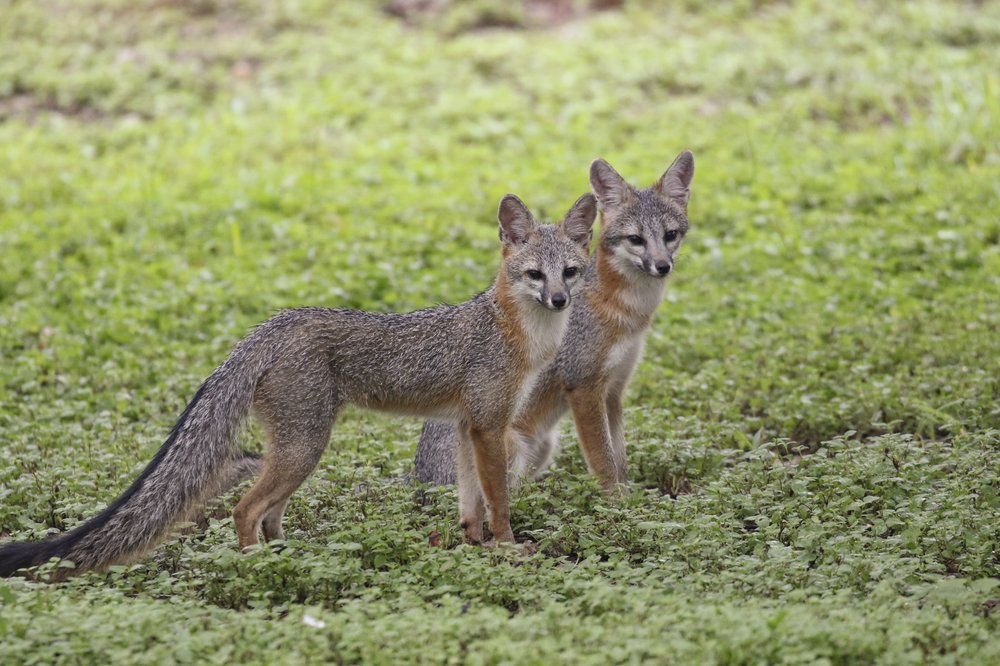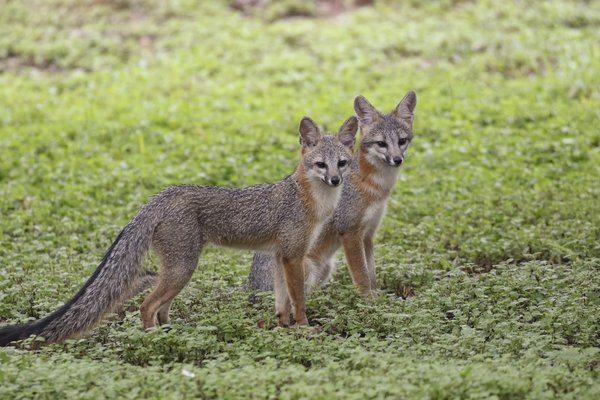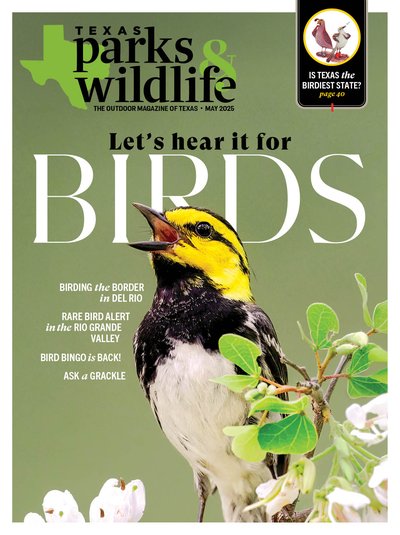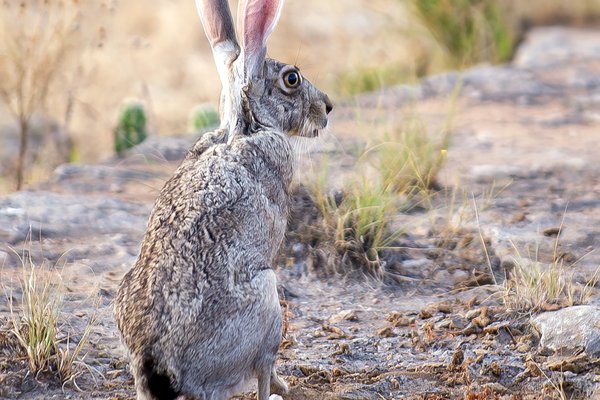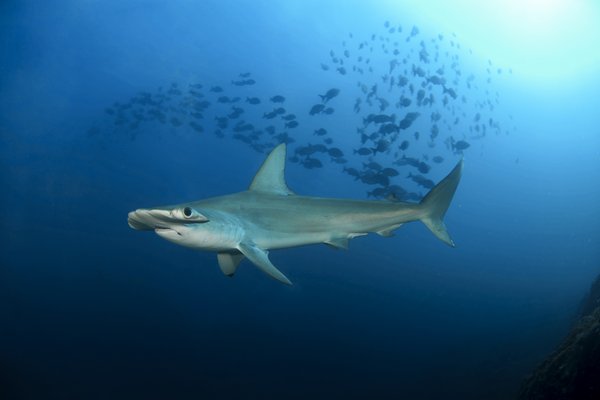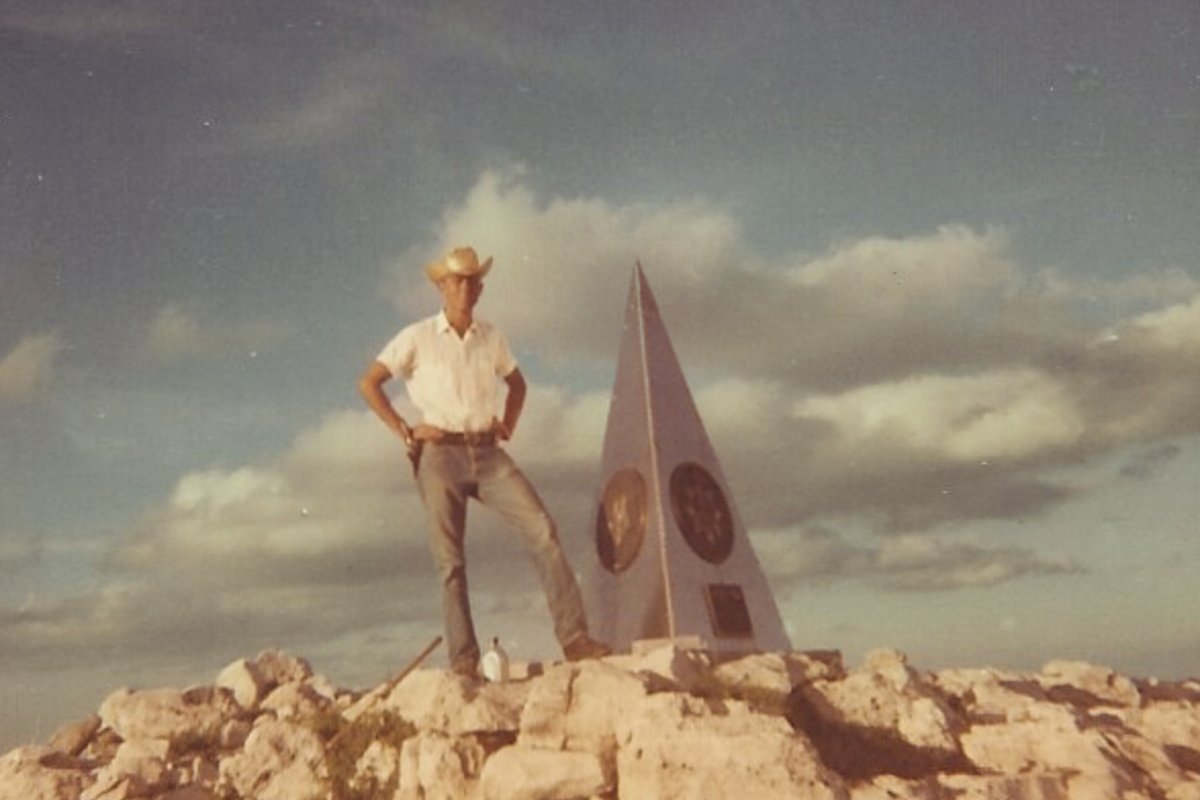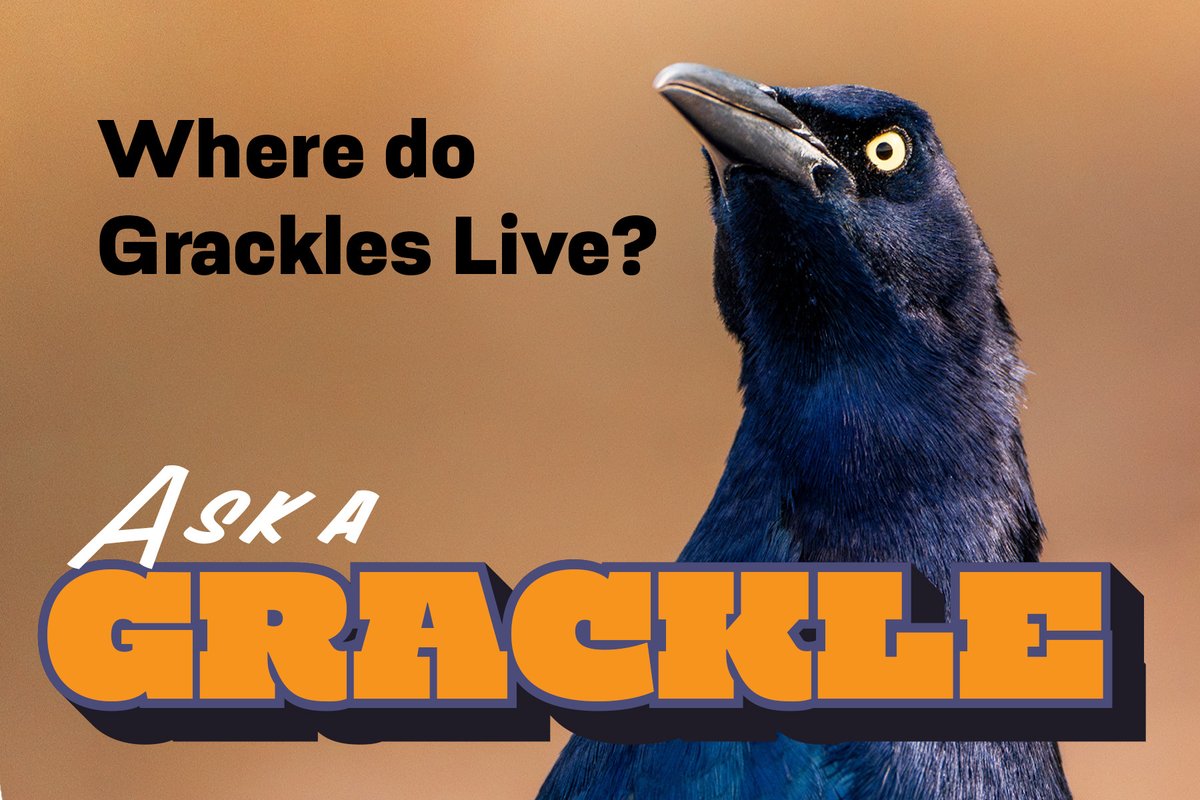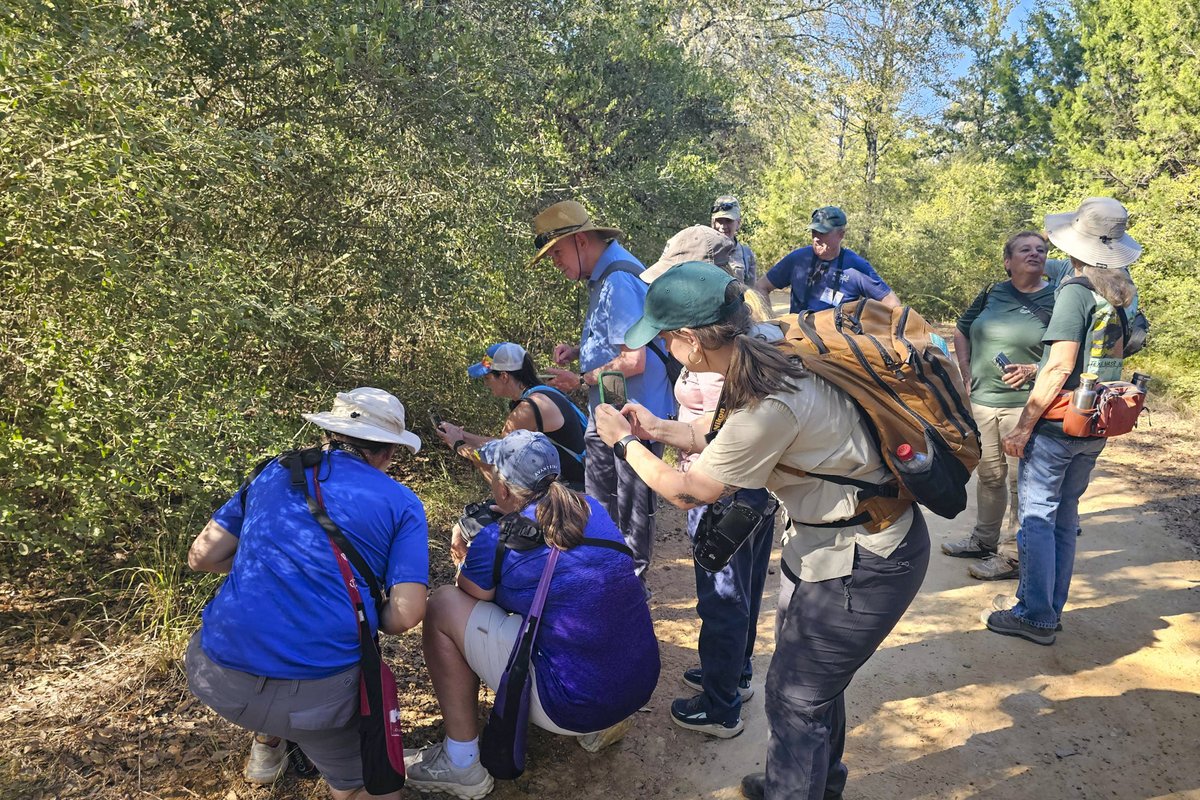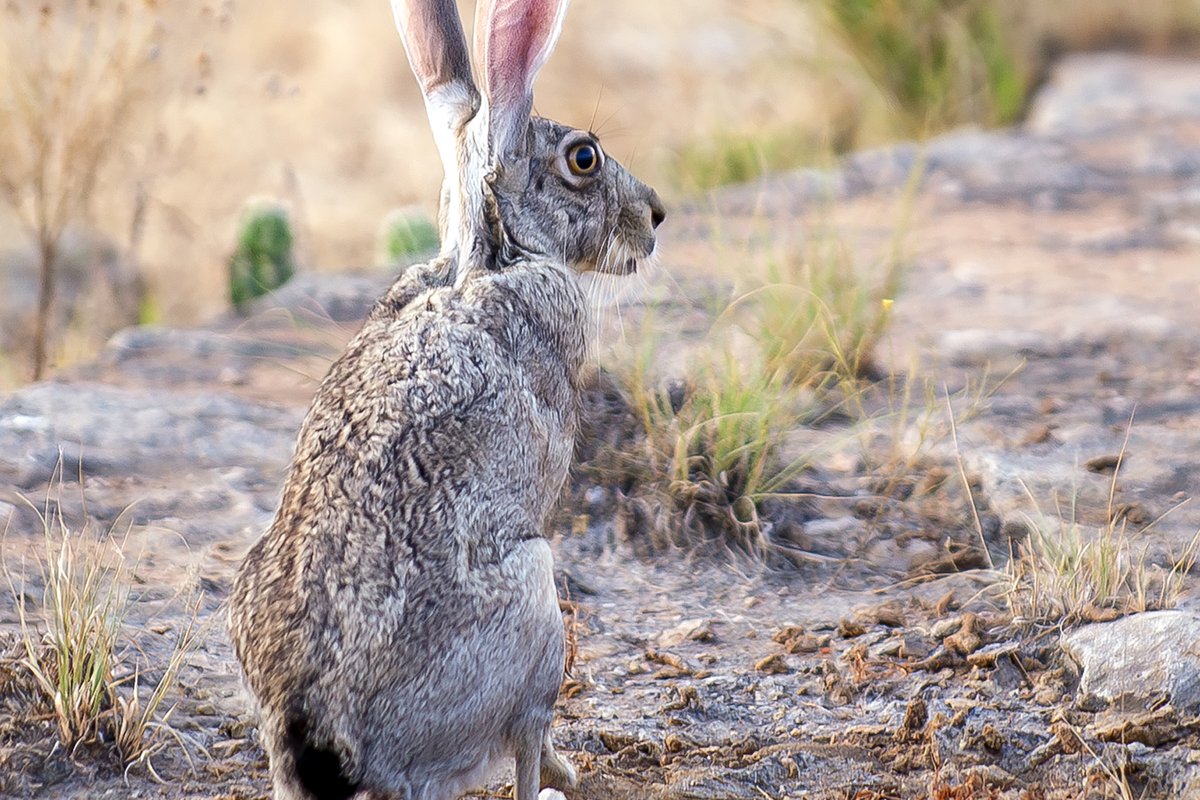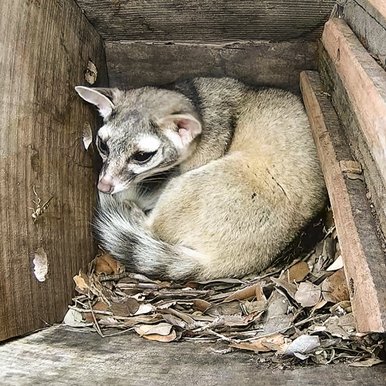
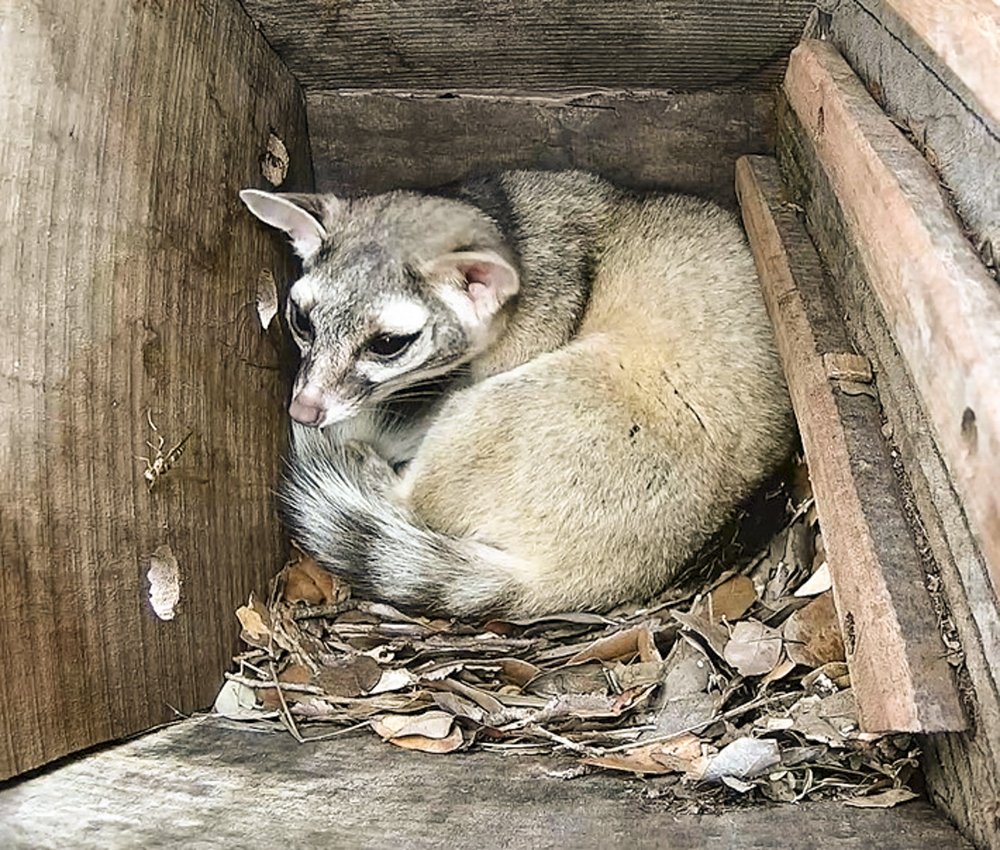
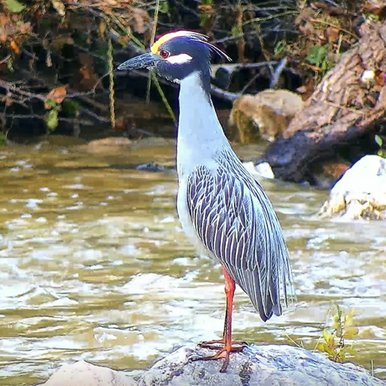
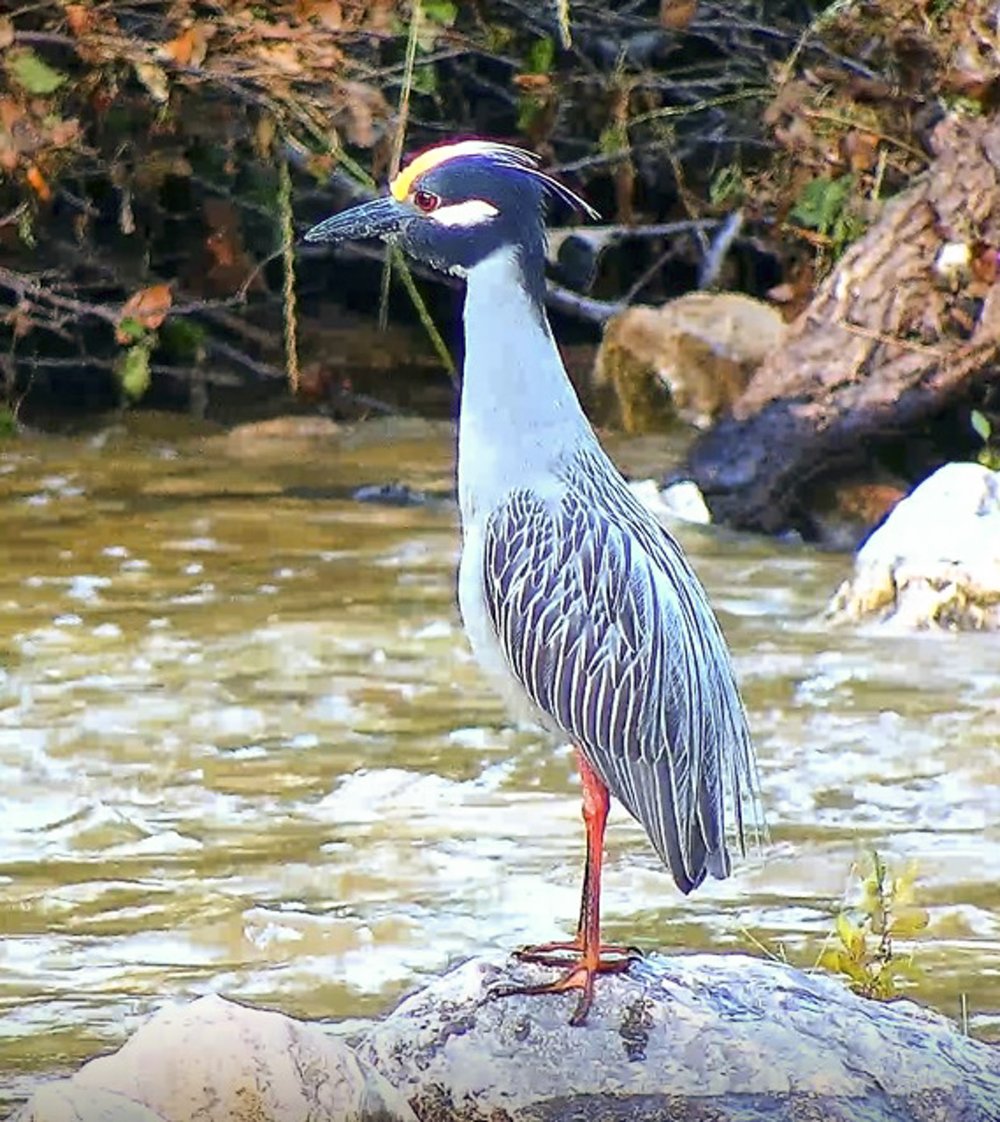
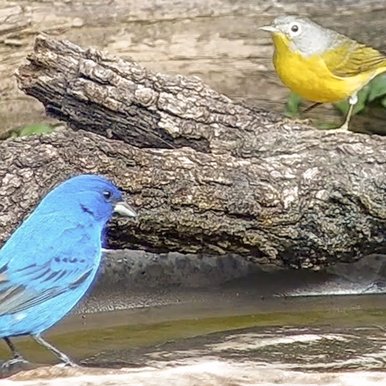
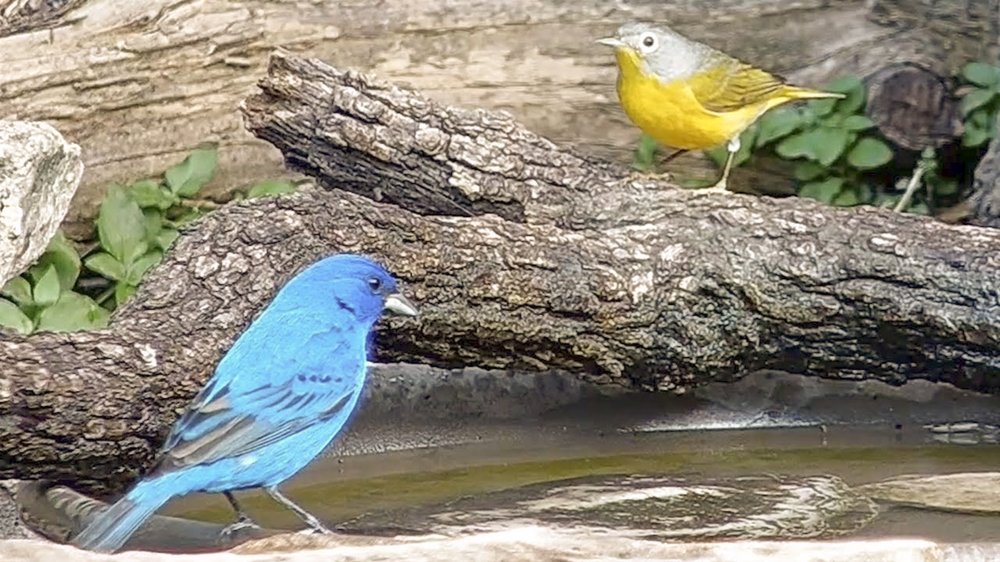
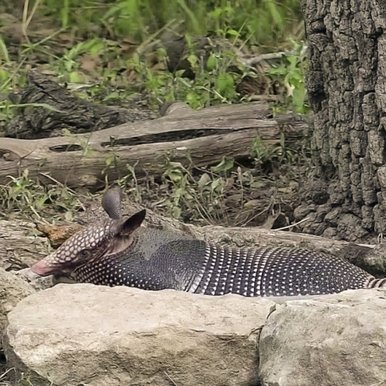
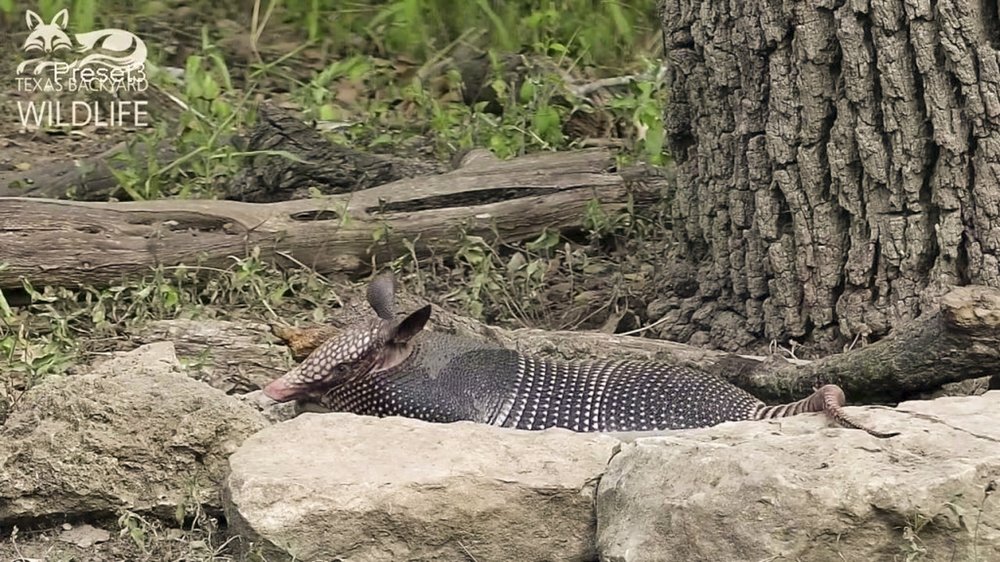
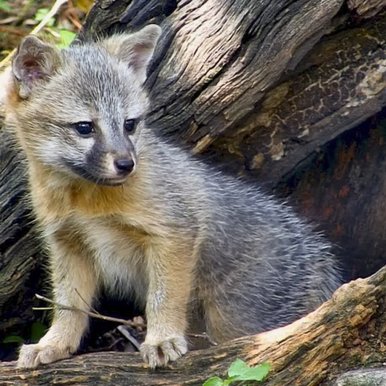
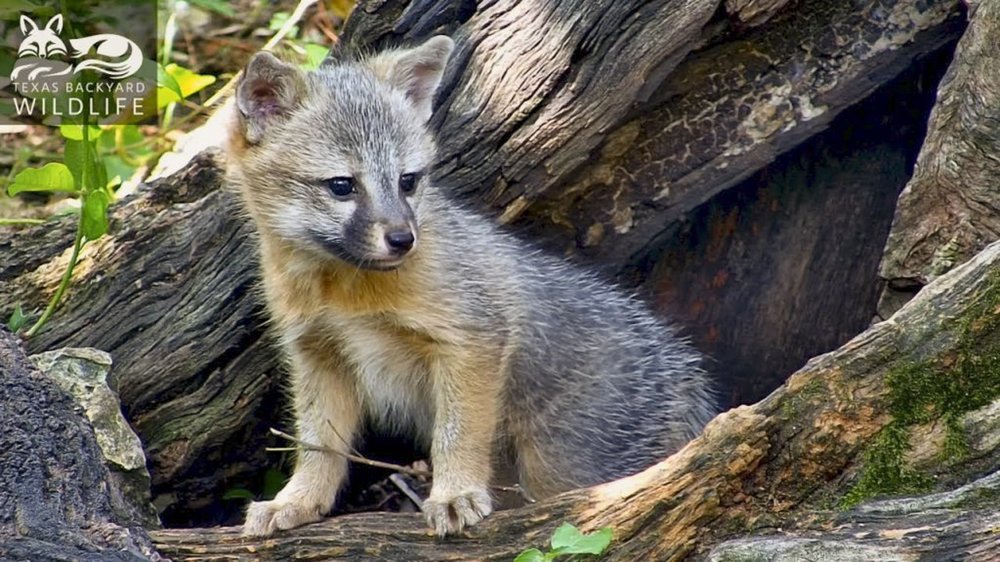
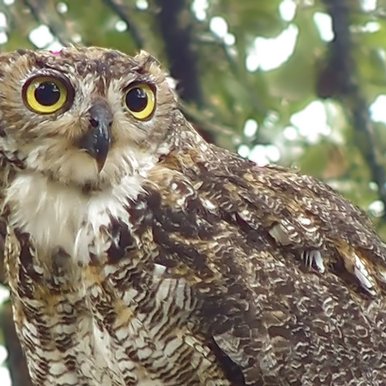
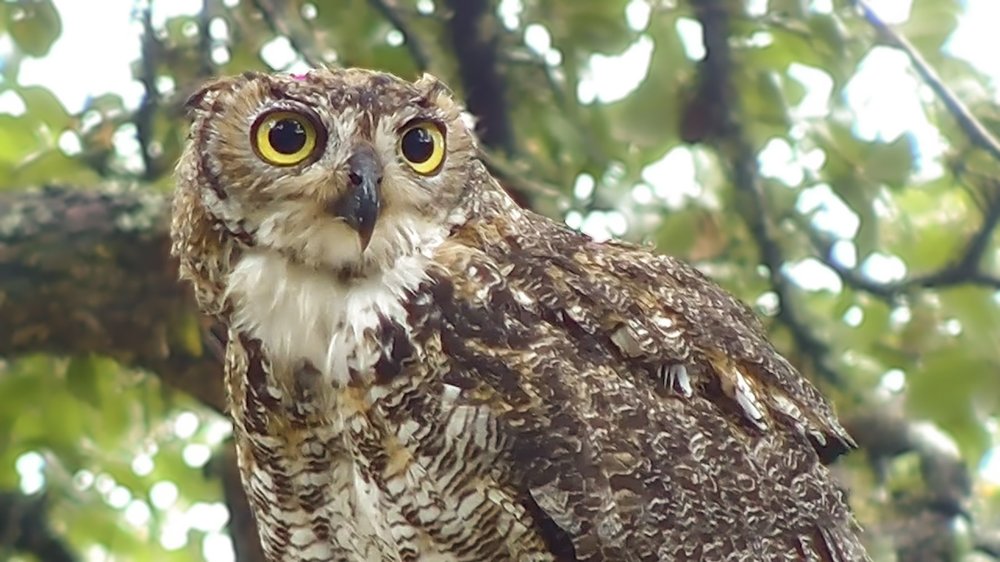
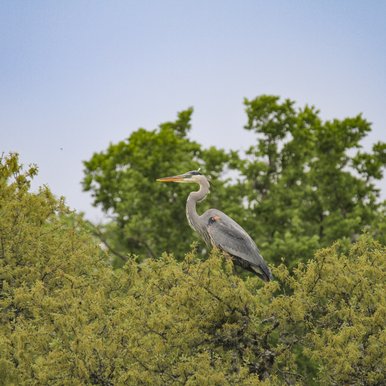
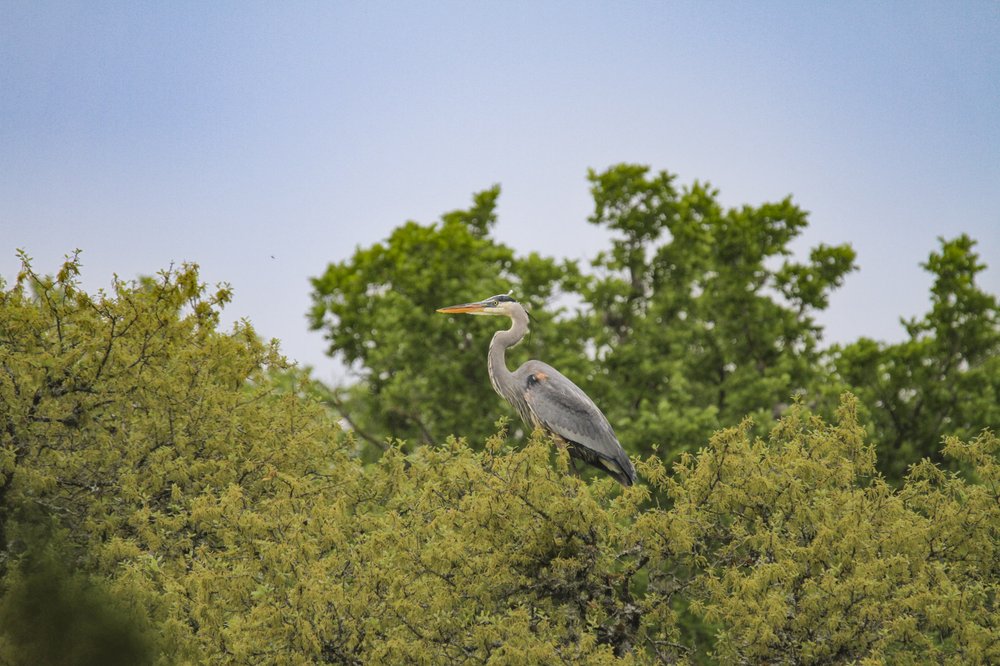
Once upon a for-real time, a live oak stump stood surrounded by limestone rocks and thick brush. Passers-by would likely pay no mind to its gnarly roots, sunk for generations into the earth. Nor would they guess that its woody remains concealed an underground refuge for wildlife.
Beneath the stump, families of gray foxes have snoozed and tussled on the dirt floor. An eastern cottontail once slipped inside and sniffed around. Striped skunk kits, bushy-tailed and curious, crowded into the den and wrestled for a while. Another time, a Virginia opossum, sleek and long nosed, lumbered in and stopped to lick its front paws.
A rock squirrel, a mouse and a ringtail visited briefly. Piles of raccoon pups, squirming and chittering, sheltered in the den. Two checkered garter snakes, one atop the other, slithered across the floor; one swallowed a fat toad. A Rabdotus snail oozed along at (as they say) a snail's pace. Locked in a deadly embrace, an American cockroach and a striped bark scorpion somersaulted past and disappeared from view.
A Mediterranean gecko appeared, snatched a moth and gulped it down. A Carolina wren hopped about and poked through the leaf debris. And, finally, a coral snake, more than a foot long, slid through the den, on its way to who knows where.
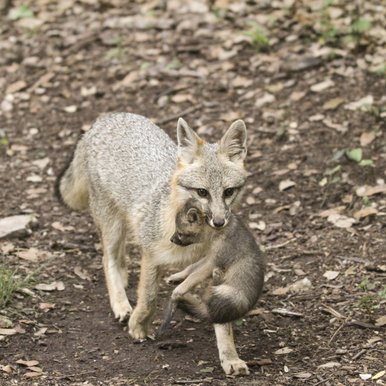
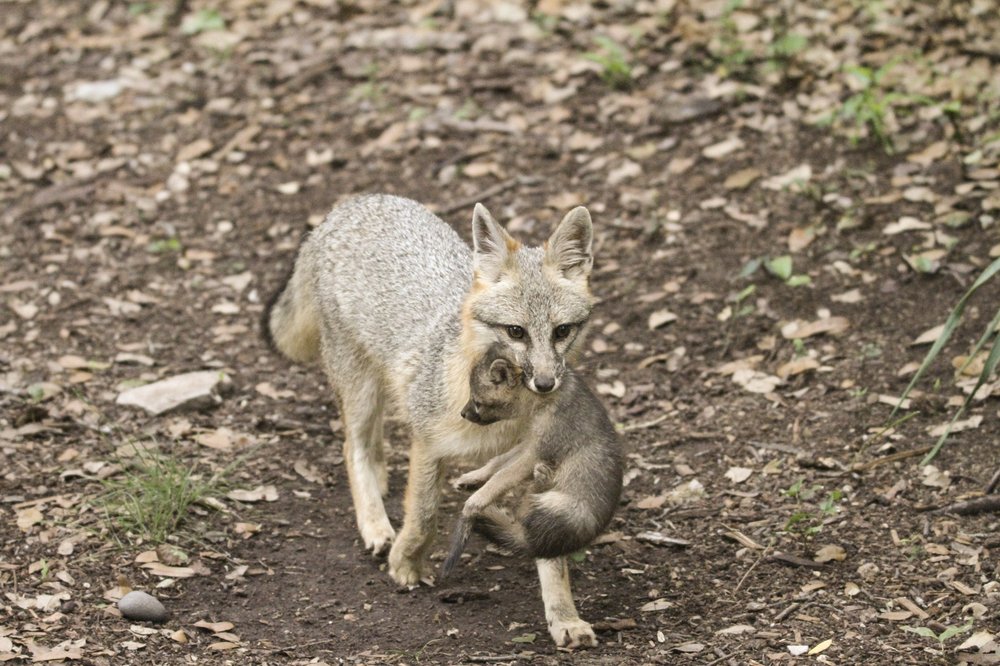
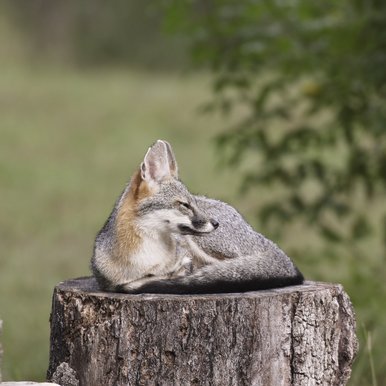
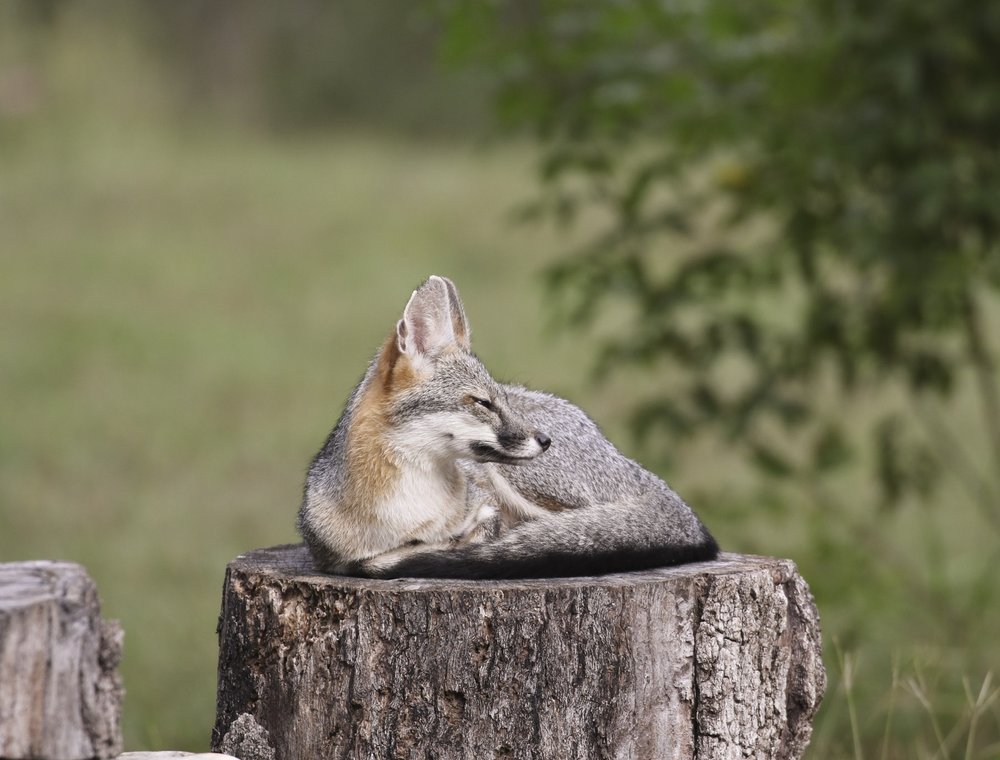
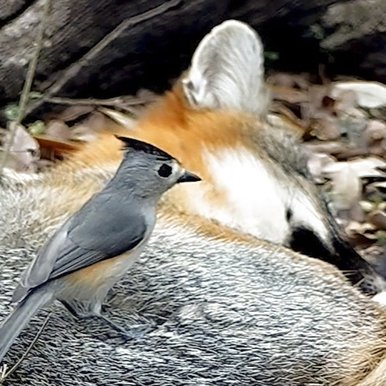
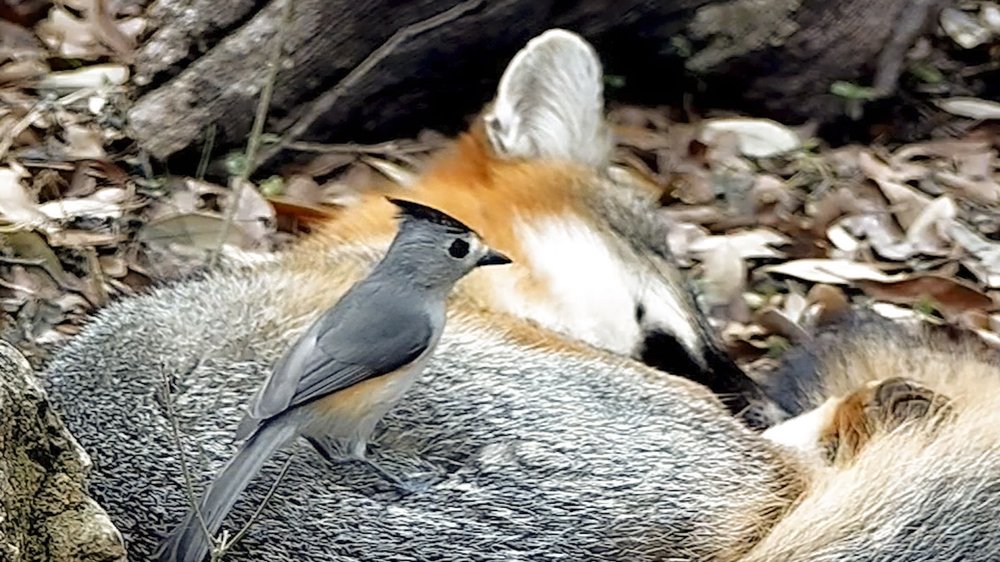
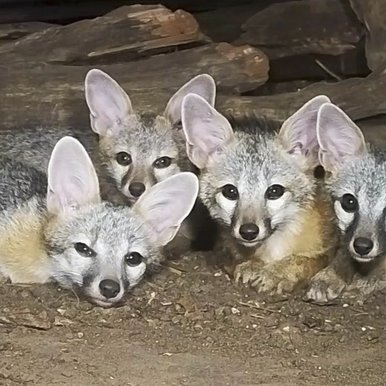
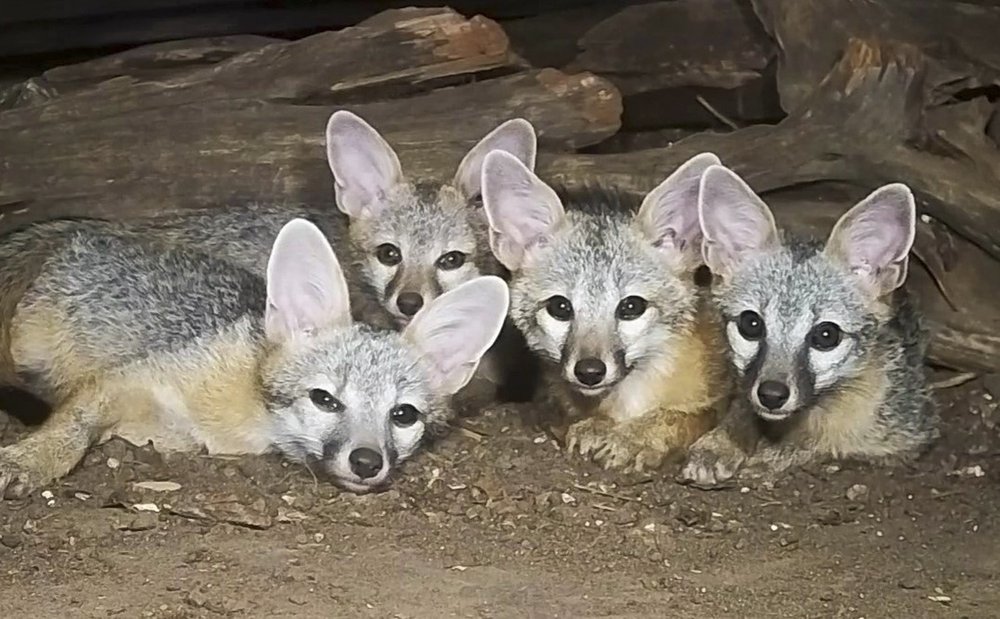
Who could ever guess that one stump could host so much true-life drama? But what's more surprising is that it's located in a suburban area. Believe it or not, the stump stands on a five-acre residential property that's sandwiched between a neighborhood of 800 homes and a high-trafficked thoroughfare in Southwest Austin. Since 2015, Dan Ballard and Jane Hunter have filmed the diversity of wildlife that visits and lives on their land that's mostly wooded with live oaks and junipers. Under the name of Texas Backyard Wildlife, the couple share their observations and insights through videos and photographs posted both on their website and YouTube channel. For instance, among their many videos is one that documents the aforementioned comings and goings that even included a snail.
How It All Began
To film something as small as a snail creeping through the dark requires savvy. High-quality video equipment, too. Through trial and error, Ballard has fine-tuned both. But he's quick to add that he's just an amateur who's obsessed with nature watching. That wasn't the case 30 years ago when Ballard bought the property and built a home. For the first two decades, wildlife sightings were rare.
“I had dogs at the time, and they will run off everything,” says Ballard, an Austin attorney. “When the dogs left, the wildlife came in. We started seeing a few deer and foxes. That led us to get our first trail camera. Then we put out a few more. We got a ringtail. Some foxes, raccoons and deer. Skunks. We got pictures of animals that we had no idea were here.”
Besides snapping photos, the trail cameras solved a few mysteries, too. Like why was there a large bare patch of dead grass in one particular open area? Intrigued, Ballard aimed a trail camera on the spot. The next day, images on the camera's memory card caught a litter of fox kits wrestling in the dark. Daytime observations and some sleuthing led the couple to conclude that the fox family lived beneath a nearby tree stump.
Hooked on what they were seeing and learning, Ballard and Hunter installed a hard-wired security camera that focused behind their home. Whereas a trail camera has a fixed, narrow field of view that records using motion detection, a security camera films continuously, recording motion-activated clips, and can be remotely programmed to pan, tilt or zoom. Seated before a computer and monitor, the couple could watch animals live or later via recorded video footage.
“Because we were seeing so much activity close to the house, we bought a couple of more security cameras,” says Hunter, a retired medical publisher who grew up in New Zealand. “Then we bought a couple of more, then some more and a couple of more. After 10 years or so, we now have 65 of them all over the place.”
Inspired by Hunter and Ballard, property owners to the west opened their adjoining fence. “They're like-minded when it comes to the wildlife,” Hunter says. “So our five acres benefits from an attached five acres. The critters know they're welcome and safe here, and there's always water.”
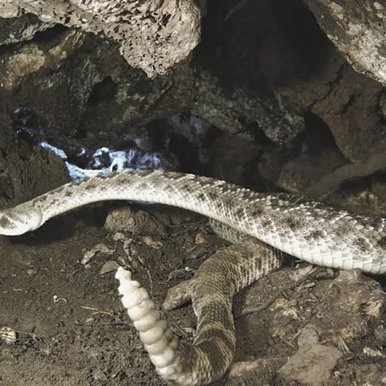
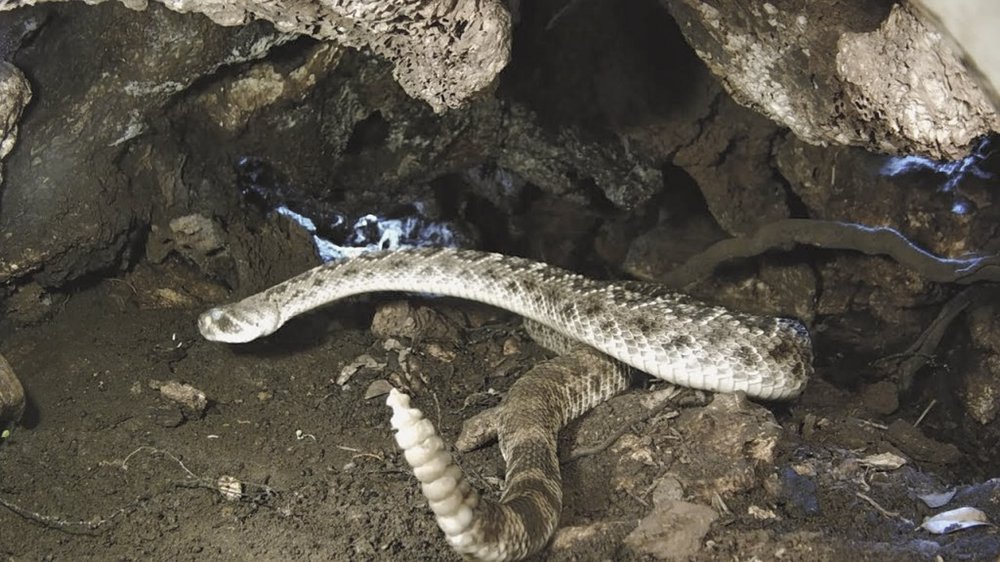
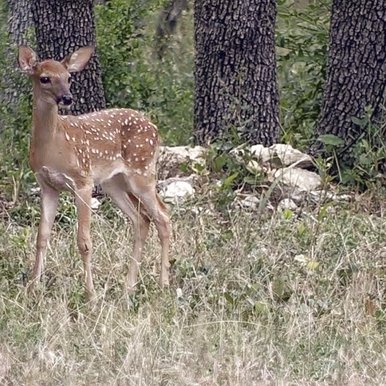
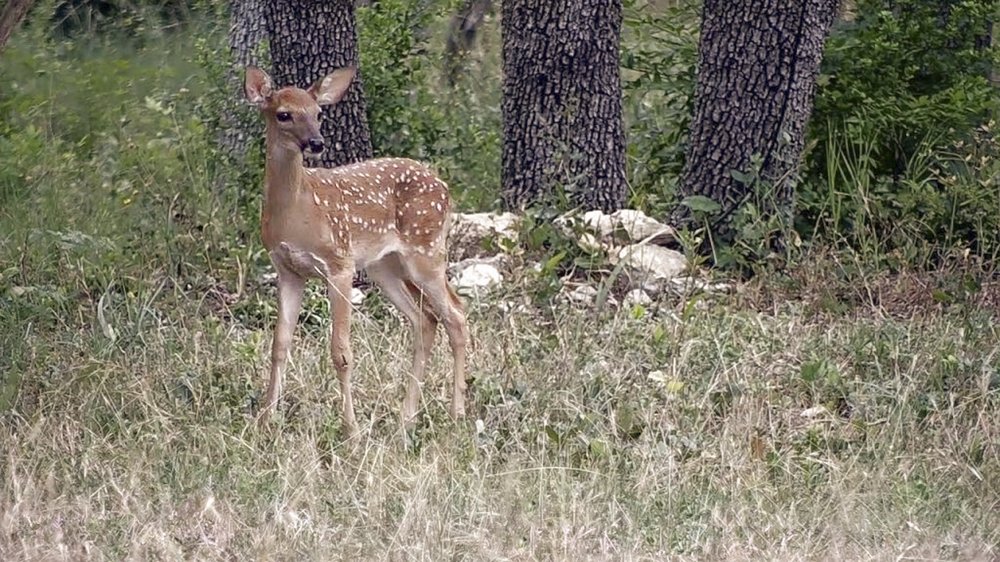
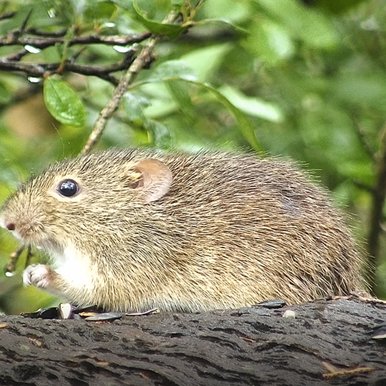
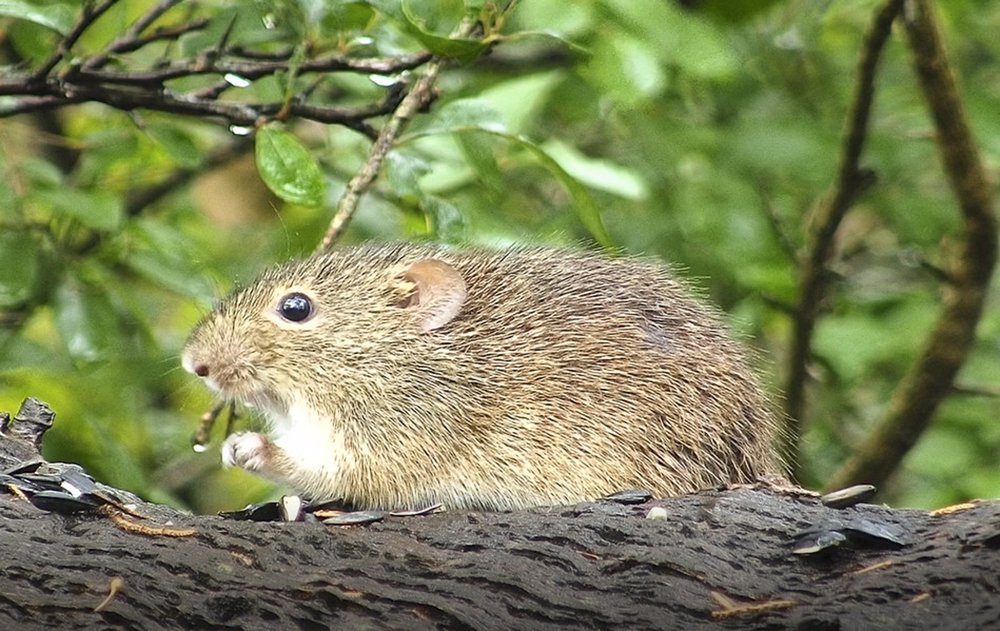
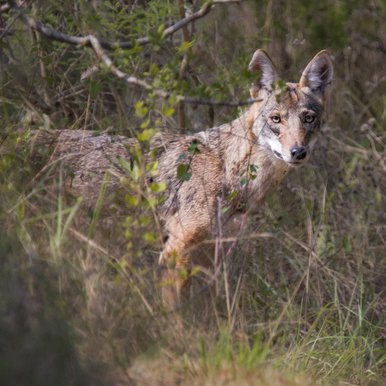
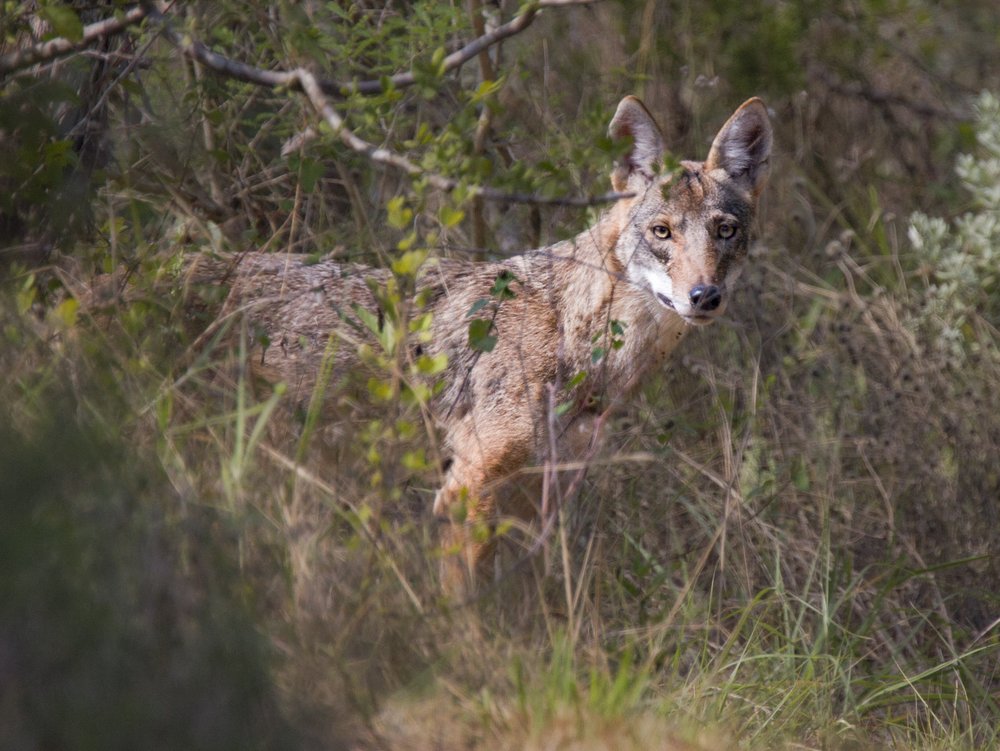
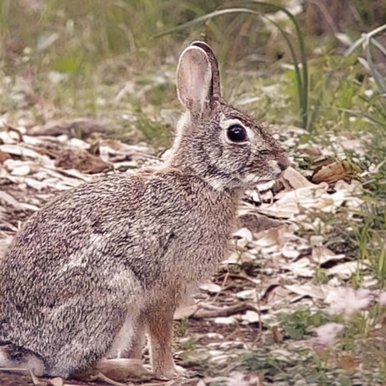
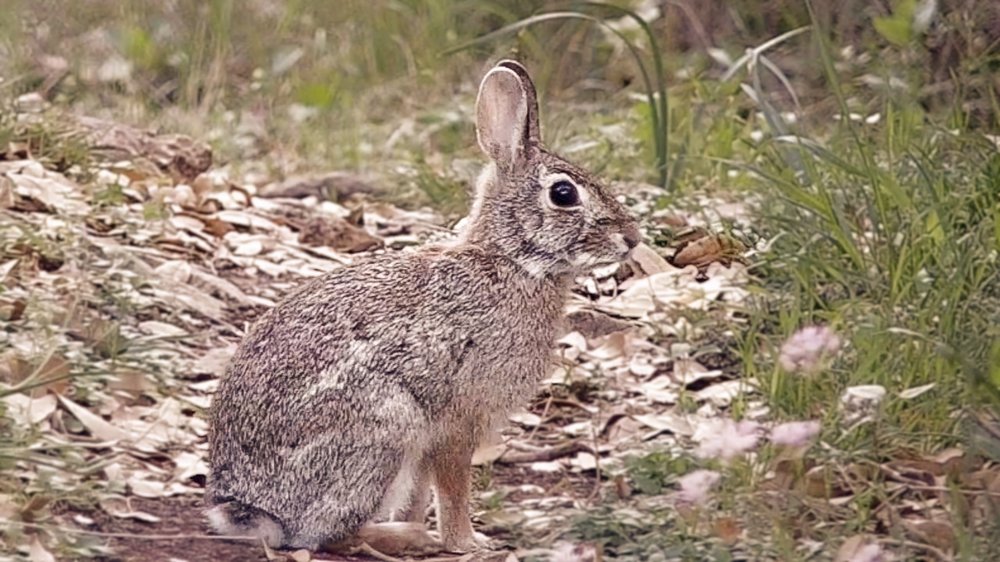
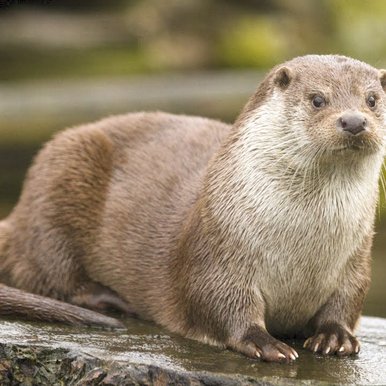
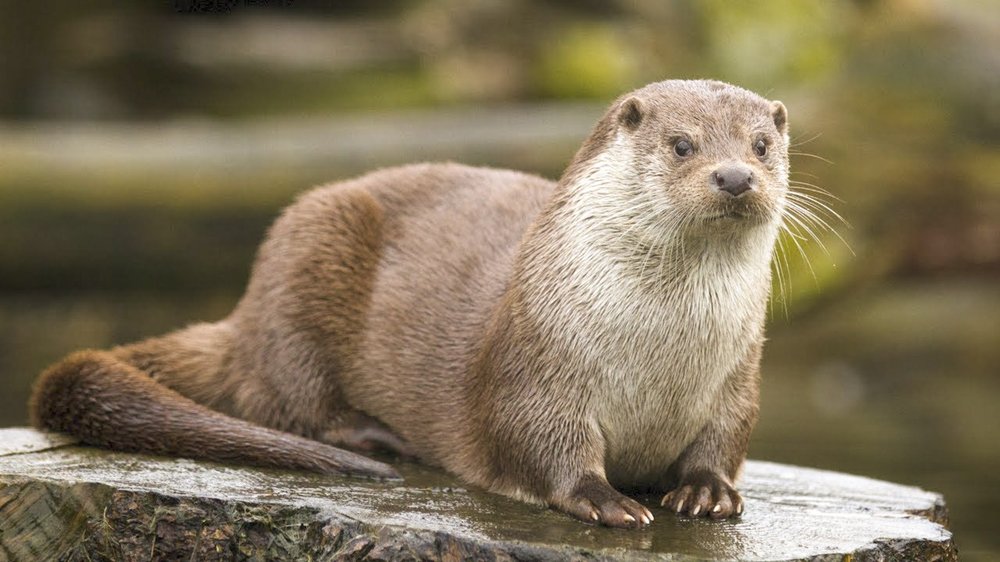
Share and Educate
Managing the huge network and video archives happens in the kitchen. On a narrow wooden table set against a wall, five large monitors stacked pyramid-style resemble a miniature NASA control center. On the floor under the table are five high-speed computers, each able to run more than 30 cameras. Round the clock, the monitors stream thumbnails of live footage from all the cameras. With a mouse click, Ballard can enlarge a feed and see what's going on at a specific location, such as a trail or a water bowl.
The security cameras record footage in 20-second clips. Every morning for a couple of hours, Ballard skims around 50,000 clips, most of which show only swaying vegetation or passing insects. With time, he's become proficient in zipping through and deleting ho-hum ones. Those with interesting animal activity go into a massive index of labeled and dated folders. Some videos get edited, narrated and shared on their website and YouTube channel, which also continuously air livestreams from four or five cameras.
That's what we're about - making records of what animals are doing and the special things they do that aren't documented.
To date, some 46,900 viewers on YouTube subscribe to the Texas Backyard Wildlife channel, which the couple founded in June 2017. In 2022, their gray fox videos caught the attention of BBC Earth producers, who were researching for a documentary on wild dogs. Ultimately, “Secrets of Success,” the second of three segments, features gray foxes on the couple's property climbing trees, a unique ability among canines. (The segment aired on PBS as part of Nature - season 41, episode 8.)
“We have lots of fantastic footage of that, and we gave the producers access to it all,” says Hunter, who oversees social media interactions and refills and cleans out water stations daily. “They sent a cinematographer to work with us, and he got some nice close-ups. About half of the segment on foxes were Dan's videos.”
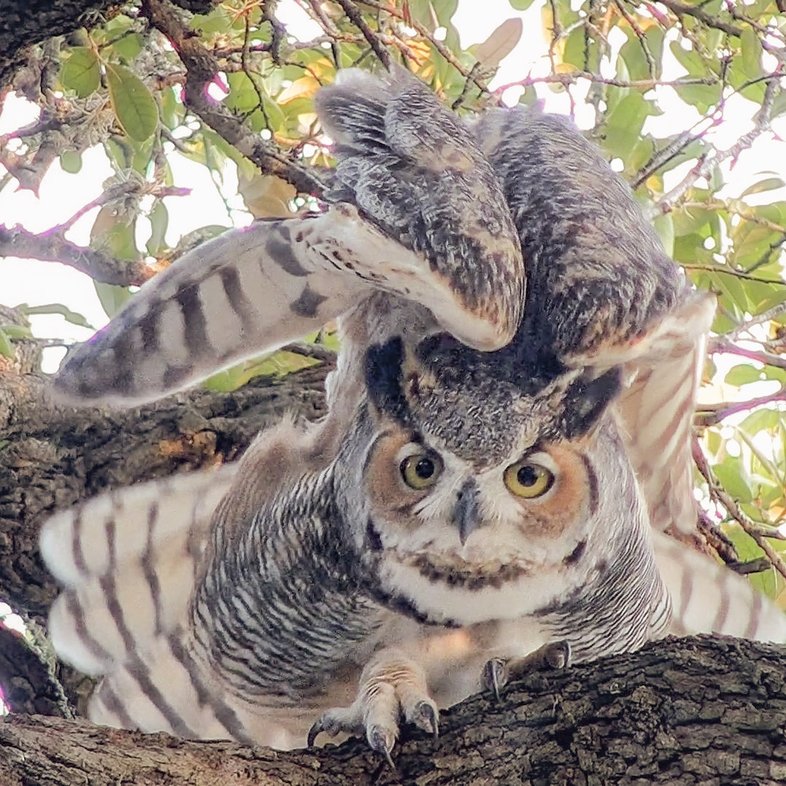

Twice, Ballard and his nephew, Drake Ballard, have assisted with studies at the Owl Research Institute in Charlo, Montana. In 2023, they filmed the breeding season of a pair of northern pygmy owls. Their videos were compiled into a short documentary that's posted on the owl institute website. The two also designed a tiny camera that could be set near the ground nests of short-eared owls. Researchers wanted to know what was eating owl eggs and nestlings. The Ballards' videos captured the culprits - coyotes.
When invited, Ballard and Hunter speak in public about their project. Last October, they presented “Stories From a Suburban Austin Backyard” at the Texas Master Naturalist annual meeting in San Marcos. The hourlong session showcased more than 40 short videos divided into such categories as “Lunch,” “Sex, love and family,” “Bravery” and “Play.” Starring species included eastern screech-owls, ringtails, Texas spiny lizards, nine-banded armadillos and coyotes, to name only a few.
“If anyone can use our videos, we'll hand them over,” Ballard says. “We have thousands, and we're constantly acquiring new and interesting stuff. That's what we're about - making records of what the animals are doing and the special things they do that we think aren't documented. Like our ‘titmouse plucking a fox’ video, which made the rounds internationally. Another was two fox moms in one den with two litters and one fox dad.” On the flip side, “we also publish things that might not have much crowd appeal,” Hunter adds. “Like a spider mom with her constellation of spiderlings. We don't want to sit on videos because we think they won't be popular.”
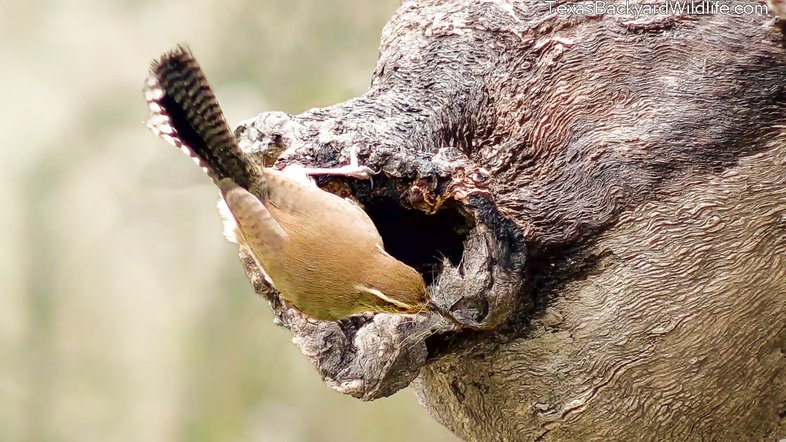
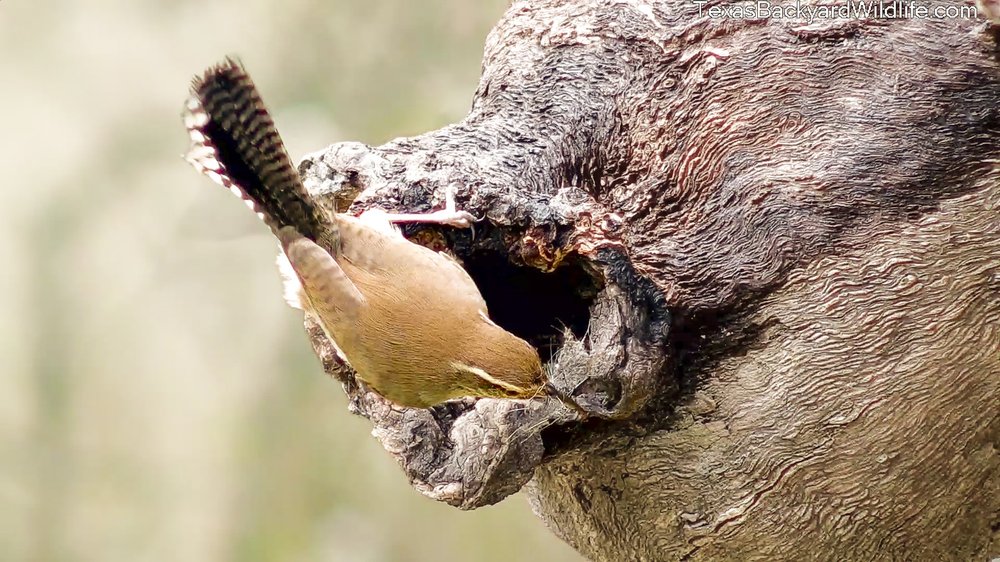
Cameras Galore
Though wild in nature, their backyard also supports an elaborate network of electronic equipment. Security cameras are attached under tree stumps, onto nest boxes, near water bowls and at many other places. Some have multiple synced cameras aimed at them to provide different angles. One camera watches over Williamson Creek, which borders the northern side of their property. (That section of the creek seeps into the Edwards Aquifer recharge zone and flows only after heavy rainfalls.)
Thousands of feet of ethernet cables crisscross the ground and wrap around trees and poles. They provide power to cameras and transfer data from them to their home computers. More than 100 infrared illuminators hung on limbs and posts near prime wildlife trails and hangouts enable after-dark filming. [Note: Ballard describes in detail about his cameras and set-up on the TBW website.]
Naturally, malfunctions happen. “Behind the scenes, there's a lot of stuff that Dan has set up over the years,” Hunter says. “The mics, the cameras, the switch boxes. Something always goes wrong. Things leak or break. They get chewed or drowned. He's always repairing something.”
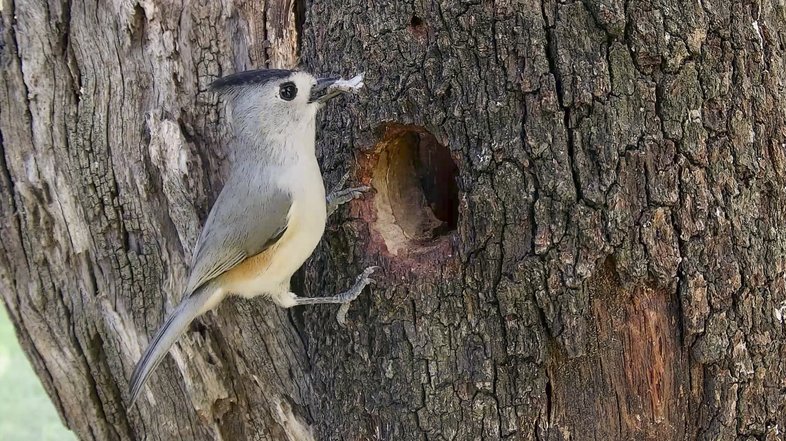
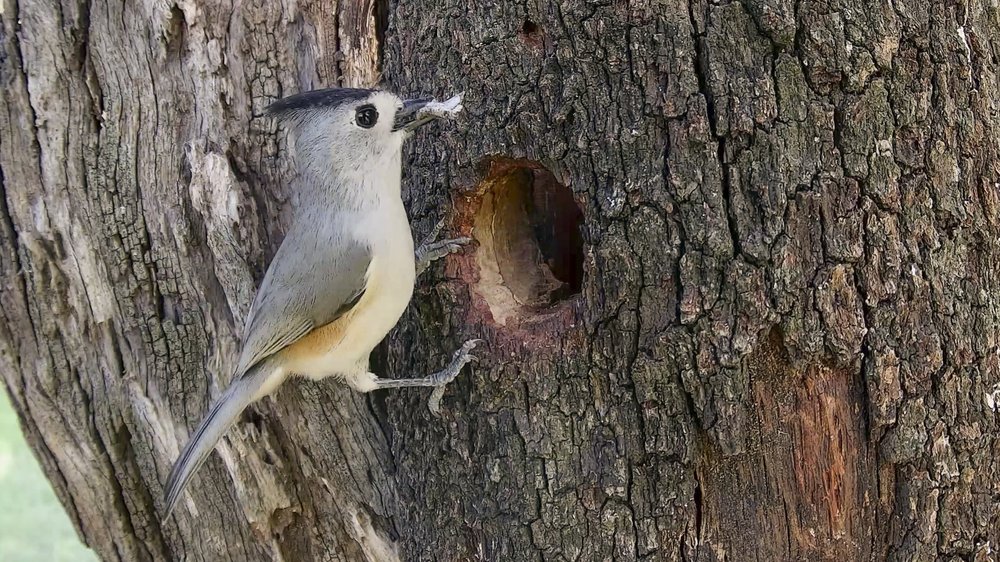
Snippets of Wildlife
Unlike most people, Hunter and Ballard don't own a television. One reason why is they're too busy watching their backyard critters and sharing them with the world. Altogether, the couple has narrated and published more than 250 videos of birds, mammals, reptiles and arthropods on their website and YouTube channel (with lots more to come). The snippets reveal oft-unseen behaviors and interactions.
Like a juvenile black vulture extracting a lump of meat from its parent's crop. A gruesome sight but fascinating. On the funny side, cameras caught a mother ringtail showing her cub how to cross the spiked top of the couple's metal entrance gate. Over the course of several nights, the youngster went from weaving between the bars to mastering his mother's agility.
Two ringtails once claimed a bird box as their hotel. After they vacated, a Carolina wren scoped out the box as a nest site. Two hours later, some honey bees showed up. Then more. And more. Soon they completely swarmed the box. Nine days later, the bees constructed hexagonal wax chambers and filled them with honey, all caught on camera.
A North American river otter wandered along the creek bed. A coyote chased a gray fox. A white-tailed doe pursued a coyote that was hunting her fawns. An eastern fox squirrel, black-crested titmouse and a Cooper's hawk - one after another - heckled a great horned owl and survived. A harvestman emerged from its exoskeleton. The list goes on and on.
Never-Ending Stories
An obsession - that's how Hunter describes the dedication that she and Ballard have for their Texas Backyard Wildlife. Despite the work and long hours, they never seem to tire of what they do or what they observe. “You'd think we'd seen it all by now, but every few days, something happens that we haven't seen before,” Ballard says. “Like a great horned owl pawing another great horned owl. Or a raccoon messing with a skunk's tail at a water bowl. It just amazed me that the raccoon would do it, and the skunk would allow it. I wouldn't have expected that.”
Through their for-real stories, the couple hope to convey several important messages: “Notice wildlife and stop being afraid of them,” Hunter says. “Be hospitable and kind. Do what you can to support them. And enjoy all of our different birds, animals and bugs. They're just trying to survive.”
